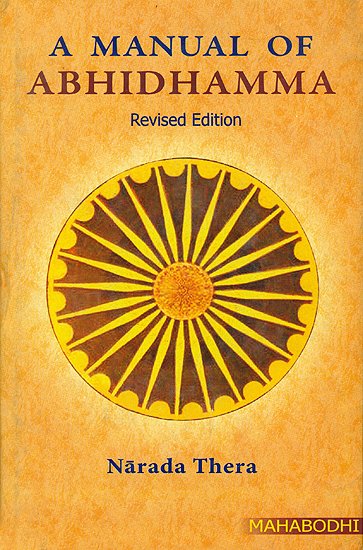Abhidhamma in Daily Life (by Ashin Janakabhivamsa)
by Ashin Janakabhivamsa | 66,666 words
English translation of "Abhidhamma in Daily Life" by Professor Ko Lay. Revised by Sayadaw U Silananda, International Theravada Buddhist Missionary University, Yangon, 1999...
Factor 1 - Phassa (contact, touch)
Phassa cetasika is touch, contact between mind and its object. Here it means not physical contact, such as touching by hand or body or collision between two objects but the contact between mind and arammana (object) although mind is an immaterial state. It functions here as the aspect of touching on an object. So phassa is defined as touching, contacting or linking. In some cases such mental functions are as prominent and perceptible as physical contact.
Let us elaborate; when a recuperating man sees a boy eating a lemon, he will salivate profusely. A timid person when he sees two man brawl trembles with fear. When an adolescent girl hears the voice of a boy of the same age group, she feels a peculiar flutter in her heart. The same applies vice versa. These instances prove that mental functions as aspects of touch, contact, etc. can occur and produce such reactions. This form of contact called phassa is very common in the world. Phassa is concerned with wholesome and unwholesome objects and it is associated with good mind and bad. The mind becomes wither moral or immoral, good or bad, as the case may be. Thus phassa is the common cetasika for both good and the bad minds, just as adding salt makes both good and bad dishes salty. Other cetasikas, such as veDana, which will be dealt with later, are also common to both good and evil minds.
Phassa cetasika is also present in vipaka cittas and kiriya cittas which are neither good nor bad.
